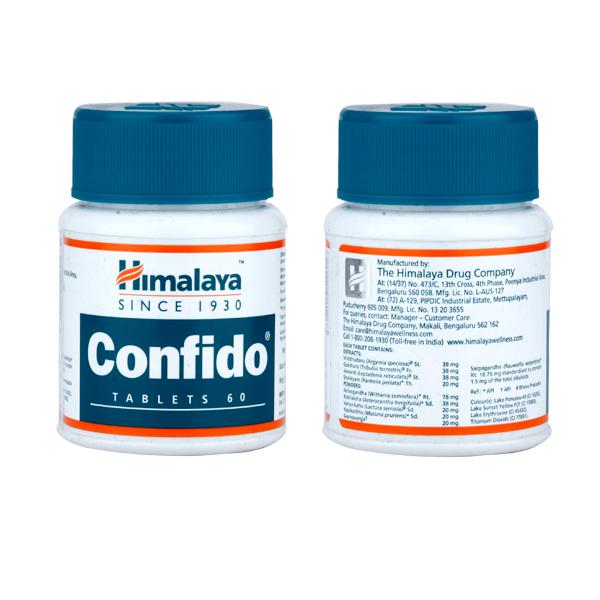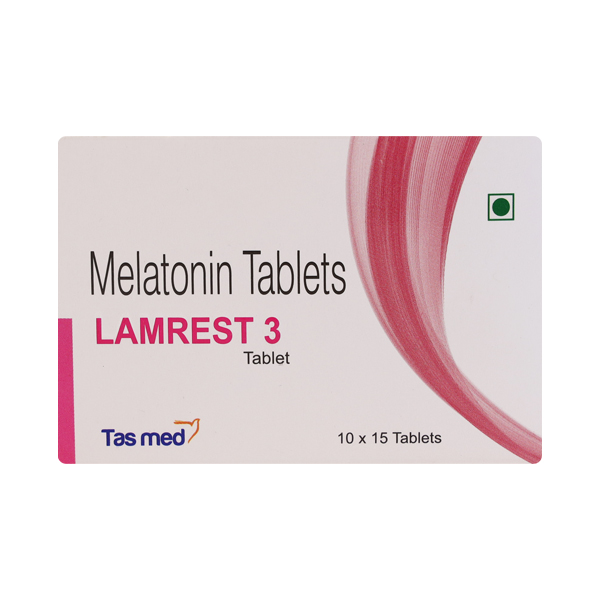In this blog
- Introduction
- What is the Quadruple Test in Pregnancy?
- Why is the Quadruple Test Performed?
- Quadruple Screening Results
- What Happens if My Quadruple Test is Positive?
- Factors Affecting Quadruple Test Results
- Preparing for the Quadruple Test
- Benefits of the Quadruple Test in Pregnancy
- Limitations of the Quadruple Test
- How Much Does the Quadruple Marker Test Cost?
- Other Prenatal Screening Options
- In Conclusion
- FAQs
Introduction
Pregnancy comes with the responsibility of making important decisions about your baby's health. One of these decisions may involve prenatal screenings, tests designed to assess the risk of certain chromosomal abnormalities. The quadruple test in pregnancy is one such screening tool that offers valuable insights into your baby's development.
In this blog post, we'll discuss the ins and outs of the quadruple test so you have the right information at hand to make better choices pertaining to your pregnancy.
What is the Quadruple Test in Pregnancy?
The quadruple test in pregnancy, also known as the quadruple marker test or quadruple screening, is a maternal blood test typically performed between the 15th and 20th weeks of pregnancy. It measures the levels of four substances in the mother's blood:
- Alpha-fetoprotein (AFP): A protein produced by the baby's liver.
- Human chorionic gonadotropin (hCG): A hormone produced by the placenta.
- Unconjugated estriol (uE3): A form of estrogen produced by both the baby and the placenta.
- Inhibin A: A hormone produced by the placenta.
By analyzing the levels of these four substances, the quadruple marker test can estimate the risk of your baby having:
- Down syndrome (Trisomy 21): A genetic disorder causing developmental and intellectual delays.
- Edwards syndrome (Trisomy 18): A serious genetic disorder causing severe developmental delays and health problems.
- Neural tube defects (NTDs): Birth defects of the brain and spinal cord, such as spina bifida.
Why is the Quadruple Test Performed?
The quadruple test in pregnancy is a screening test, not a diagnostic test. This means it can indicate a potential risk for certain conditions but cannot definitively diagnose them. The primary purpose of this test is to:
- Identify pregnancies with an increased risk: If the test results show an elevated risk, further diagnostic testing, such as amniocentesis or chorionic villus sampling (CVS), will be offered to confirm or rule out the suspected condition.
- Provide reassurance: For many women, the quadruple test provides reassurance that their baby's risk for these conditions is low.
- Facilitate early intervention: If a condition is diagnosed, early intervention and management can be planned to improve the baby's outcome.
Quadruple Screening Results
The results of the quadruple screening are usually reported as a "risk factor" or "odds ratio."
- Low risk: This indicates that the chance of your baby having a chromosomal abnormality or neural tube defect is low.
- High risk: This suggests an increased chance of your baby having one of these conditions. It's important to remember that a high-risk result does not mean your baby definitely has a problem. It simply means further testing is recommended to obtain a definitive diagnosis.
A genetic counselor can help you understand your quadruple test results and discuss your options for further testing if needed.
What Happens if My Quadruple Test is Positive?
If your quadruple test in pregnancy indicates a high risk, your healthcare provider will likely recommend further diagnostic testing, such as:
- Amniocentesis: A procedure in which a small amount of amniotic fluid is withdrawn from the sac surrounding the baby and analyzed.
- Chorionic villus sampling (CVS): A procedure in which a small sample of tissue is taken from the placenta and analyzed.
These diagnostic tests can provide a definitive diagnosis for chromosomal abnormalities and neural tube defects.
Factors Affecting Quadruple Test Results
Several factors can influence the accuracy of the quadruple test in pregnancy, including:
- Maternal age: The risk of chromosomal abnormalities increases with maternal age.
- Weight: Inaccurate weight information can affect the calculation of risk.
- Race and ethnicity: Certain ethnicities may have slightly different risk factors.
- Multiple pregnancies: The test is less accurate in twin or triplet pregnancies.
- Diabetes: Women with diabetes may have altered test results.
It's crucial to discuss your individual circumstances with your doctor to ensure accurate interpretation of your results.
Preparing for the Quadruple Test
No specific preparation is needed for the quadruple test. It's a simple blood draw, similar to the triple marker test in pregnancy and other routine blood tests you may have had. You can eat and drink normally before the test. However, it's always a good idea to inform your healthcare provider about any medications or supplements you're taking, as they may affect the test results.
Benefits of the Quadruple Test in Pregnancy
The quadruple test in pregnancy offers several benefits:
- Non-invasive: It's a simple blood test that poses no risk to the mother or baby.
- Early detection: It can identify potential problems early in pregnancy, allowing time for decision-making and planning.
- Informed choices: The test results empower you to make informed decisions about your pregnancy care.
- Peace of mind: For many women, a low-risk result provides reassurance and reduces anxiety.
Limitations of the Quadruple Test
While the quadruple test is a valuable screening tool just like the double marker test in pregnancy, it is essential to note its limitations:
- Screening, not diagnostic: This test cannot definitively diagnose a condition; it only assesses risk.
- False positives: The test can sometimes give a false positive. It can indicate a high risk when the baby is actually healthy.
- False negatives: The test may also miss some cases where the baby does have a condition but it suggests the opposite.
How Much Does the Quadruple Marker Test Cost?
The quadruple marker test price can vary depending on several factors, including your location, healthcare provider, and insurance coverage. It's best to contact your doctor or insurance company directly to get an accurate estimate of the cost.
Some labs and clinics may offer package deals that include other prenatal screenings along with the quadruple test, which could potentially be more cost-effective.
Other Prenatal Screening Options
In addition to the quadruple test in pregnancy, other prenatal screening options are available, including:
- First-trimester screening: This combines a blood test and an ultrasound in the first trimester to assess risk.
- Integrated screening: This combines first-trimester screening with the quadruple test for a more comprehensive assessment.
- Cell-free DNA screening: This analyzes fetal DNA in the mother's blood and is highly accurate for detecting Down syndrome and other chromosomal abnormalities.
Your doctor can help you determine which screening tests are most appropriate for you based on your individual risk factors and preferences.
In Conclusion
The quadruple test in pregnancy is a valuable screening tool that can provide important information about your baby's health. While it has limitations, it can help identify pregnancies with an increased risk for certain conditions, opening doors for further diagnostic testing and early intervention if needed.
By understanding the purpose, procedure, and potential outcomes of the quadruple test, you can make important decisions related to pregnancy care and feel empowered on your journey to motherhood.
FAQs
1. Is the quadruple test mandatory?
No, the quadruple test in pregnancy is optional. You can discuss the benefits and limitations with your doctor to decide if it's right for you.
2. What if I miss the window for the quadruple test?
Other screening options, such as cell-free DNA screening, may be available if you miss the window for the quadruple test.
3. Can the quadruple test detect all birth defects?
No, the quadruple screening only assesses the risk for specific chromosomal abnormalities and neural tube defects.
4. How accurate is the quadruple test?
The quadruple marker test has a detection rate of about 80% for Down syndrome and 60-70% for neural tube defects.
5. Will my insurance cover the cost of the quadruple test?
Insurance coverage for the quadruple marker test price varies. Contact your insurance provider to confirm your coverage.
6. Can I have the quadruple test if I'm carrying twins?
Yes, but the test may be less accurate in multiple pregnancies.
7. What are the risks of the quadruple test?
The quadruple test in pregnancy is a simple blood test and poses no physical risks to the mother or baby. However, it's important to understand the possibility of false positive or false negative results.
For more health-related content, visit our Dawaa Dost website. You will also get access to quality medicines and healthcare products, all at affordable prices. Check it out now!
Disclaimer: This article is intended for informational purposes only and should not be considered a substitute for professional medical advice. Always consult a qualified healthcare provider for diagnosis and treatment of any health condition.






















